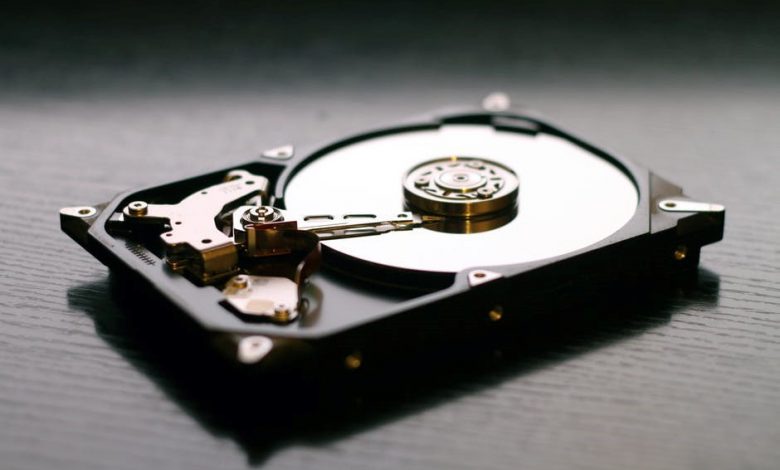Formatting an External Hard Drive vs Internal Hard Drive: What to Know

According to Pew Research, 51% of people have had their computer freeze up causing them to have to restart it.
If you’ve been constantly having that same issue, you might want to try formatting your hard drive.
There are two types of hard drives: an internal hard drive and an external hard drive. Keep reading to learn the differences and how to format both types!
What Is an External Hard Drive
An external hard drive is a device that can be about the size of a small notebook. You can plug it into your computer and access any app or file that you stored on it. They’re like a bigger USB flash drive.
The difference between an eternal and an internal hard drive is that the external is not inside of your laptop or computer. This means it’s portable, and you can plug it into any computer without having to lose any data.
You normally connect the hard drive with a USB cord, and they can act as your main or additional storage for your files. Many people use them when their internal hard drive is full.
What Is an Internal Hard Drive
An internal hard drive is inside of your computer, and you can’t take it out and access the information with another computer. However, you can also have an internal hard drive in a workstation, server, video player, or camera.
These internal hard drives normally have a lot of storage space for files on how to run your computer as well as games, music, movies, documents, and pictures. You can easily access them from your computer without having to plug in anything else.
The internal hard drive is non-volatile, which means that you don’t have to constantly power it to get to the data. There are little components inside the computer that will always be ready to access or read the data.
Benefits of Formatting Drive
If you’re using Windows 10, you should format the drives before you start putting files onto it. You should also check to make sure that it’s working properly and that no malware has infected it. If it has, you could end up corrupting the drive.
When you format the drive, any existing data will be deleted since you have to purge the file system. However, when you’re done, the drive will be able to easily free up any leftover space to let you store new data.
Format External Hard Drive
If you’re going to format an external hard drive, they often come up with their own software that you can set up. However, some of them require you to format and initialize the disk on your own.
If you have to do that, you can use Window’s Disk Management Tool. This is the most common way to format hard drives, and it’s quite easy.
Once you open the tool, make sure you find the hard drive and right-click on it. Then you’ll see a menu pop up, and you should click on the option that says Initialize Disk.
Next, you’ll have to select the partition layout. If your hard drive is over 2 terabytes, you should use GPT. If it’s less than that, you should use the MBR option.
When you’re done with that, right-click on the option that says Unallocated. Then you can select New Simple Volume. The screen will then give you prompts to follow.
In the prompts, you’ll be able to select the format you want, name the volume label, and adjust the partition size. When you’re done making those adjustments, click Next.
For the final step, you’ll have to choose the drive letter from the dropdown box. This can be anything you want, but the most common letters are C and D. Once you’re done, you can hit finish.
If you’re interested in how to do this process on a Mac computer instead of a Window, make sure that you check out this link: setapp.com.
Format Internal Hard Drive
Formatting an internal hard drive is actually a similar process, and you can use another Windows tool to help you do it. Go to the menu and find the MiniTool Partition Wizard.
This will help you recover lost data, clone a disk, and manage it. You’ll have to start by connecting the internal hard drive to your computer through the connection adapter.
Then, you’ll open the tool and choose a method to migrate the system’s disk over. If you choose the first option, you’ll copy all of the portions that were on the hard drive and then put them on the new hard drive. If you choose the second option, you’ll just copy the required partitions for the system to run.
Once you make a selection, hit Next. You’ll then have to choose a new internal hard drive for the target disk.
You’ll then have to choose an option to copy the partitions. Once you make a choice, click Next again. Then, another window will pop up where you can click Finish.
This may take a little bit of time to reformat, but when you’re done, you should have more space on your internal drive!
Learn More About an Internal Hard Drive vs External Hard Drive
These are only a few things to know about formatting an internal hard drive vs an external hard drive, but there are many more things to consider.
We know that dealing with computer problems can be exhausting, but we’re here to guide you through every step!




